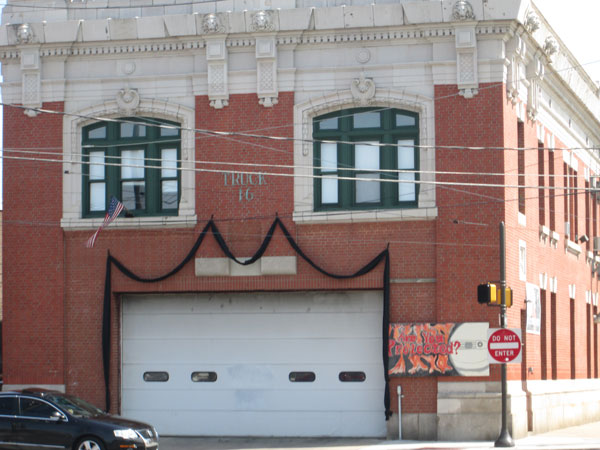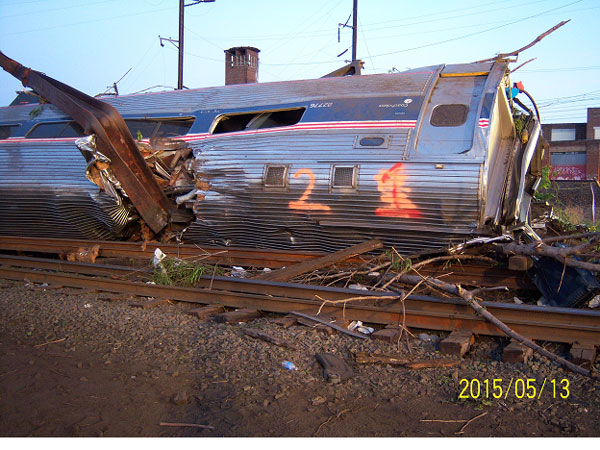
By Bill Shouldis
Photos by Bill Shouldis except where noted

Do not enter the fire service unless you are willing to accept the new role and responsibilities. Protecting the community requires research and leadership.
The duties and capabilities of the fire service are always being adjusted based on contemporary challenges. Threats vary with conditions, regions, and jurisdictions. Active “whole-community” involvement and professional development need continuous monitoring.
In 1972, as my career started, I was fortunate to be influenced by progressive leaders who understood the need for the fire service to change direction. The Philadelphia (PA) Fire Department (PFD) was basically a fire suppression and fire prevention organization. “Connecting with the community” meant that there was a growing need to embrace prehospital emergency medical care with rapid transportation. Also, it was an era of unparalleled production, transportation, storage, and use of hazardous materials. The demand to expand prevention and protection with the procurement of new equipment was well documented. Training companies were established to supplement the traditional “textbook” knowledge of recruit school with “street-smart” practical application of procedures from hand-picked officers and crews.
During my introduction to the fire service, a very simple letter to the New York Times from a chief officer in New York City provided tremendous insight. Deputy Chief Joseph Galvin commented as his career was closing. He warned those entering the future fire service to “brace yourself” for monumental changes. He stated that the “nitty-gritty” of public safety is not just structural firefighting but handling a host of unexpected emergencies. Furthermore, he hinted that although we may not always have the proper background, we “just do the job.” Throughout his editorial, entitled “They Sometimes Fight Fires,” he graphically described the strange ordeals that first responders faced or would be encountering.
Today, the present generation of fire service leaders are charged with an added emphasis of health, safety, economic, and environmental issues. They have been handed a script with many diversified duties and less field command expertise and smaller staffing levels. Unfortunately, firefighters can no longer “just do the job” like our brothers and sisters of yesteryear. Without planning, policies, procedures, and practice, our service and safety will decrease. Critical changes in planning patterns require us to expand the integration of the different disciplines the fire service is expected to be proficient in. Formalizing mutual aid agreements, adopting a framework for standardized communication, and detailed documentation are basic necessities.

First responders must be ready for high-profile transportation incidents that result in entrapment, extrication, and the need for medical assistance. This Amtrak accident resulted in injuries and deaths that required a multi-agency response. Is your department built on a solid working relationship beyond the local level? Photo by Greg Masi.
Fire department leaders must be able to clearly articulate the type of support needed to mitigate the “all-hazard” threats. Training officers need to focus on collapse in confined space as well as swift-water rescues, Reflections on “real-world” entrapment and extrication along with exercises on a large-scale evacuation will provide an opportunity to improve. The common thread in many “After-Action Reports” (AAR) mandates the development of “building blocks” of diverse partnerships and interagency relationships to coordinate the planning and response phase. The objective of planning and response is to determine how the public, private, media, and individual households will share information on strategic and tactical actions during major incidents.
Experience builds credibility. Understanding the value of “working together” at the local, state, tribal, and federal sources is essential. The training goal of “mastering” the resource allocation process based on size-up, scene control, and situational awareness, and hinges on verbal and written skills. Safety, staffing, and social media has changed our perspective, escalating what might once have been deemed a relatively routine situation to a very complex incident.
Years ago, Chief Galvin was prophetic when he warned us to “brace” for the increased demands and dimensions of the protective services. In 2016, the performance standard of first responders is under the microscope. Laws, regulations, and agency policies make us accountable. Industry standards force us to be consistent when a planned event or emergency incident results in a “bad day” for a community. Adjusting our training templates can be a critical difference in an effective and coordinated response when minutes matter most.
Listen to the lessons from the past. Watch for trends during current incident. Be open-minded when it comes to expanded roles. All of these things will make an agency stronger and will reduce isolated and independent efforts. All will increase the odds of avoiding recurring mistakes. You and your department have time to assess your “all-hazard” assignments. Managing modern operational options and providing leadership is everyone’s responsibility. A whole-community approach to preparedness is a priority.
WILLIAM SHOULDIS served in line and staff positions with the Philadelphia (PA) Fire Department for 35 years, retiring as a deputy chief. He is an instructor at the National Emergency Training Center and a guest speaker at the Graduate School at St. Joseph’s University.

